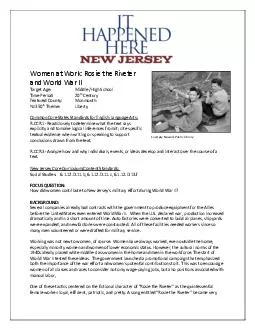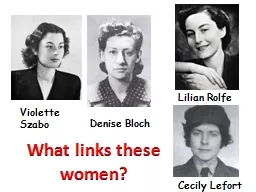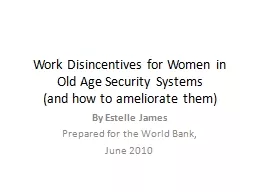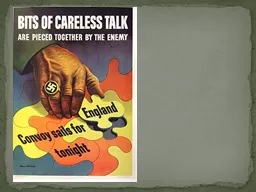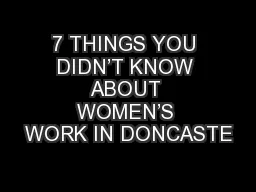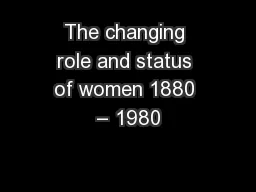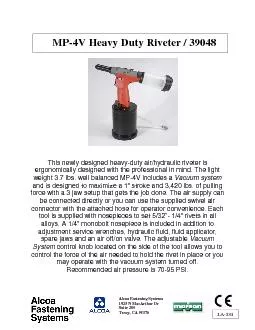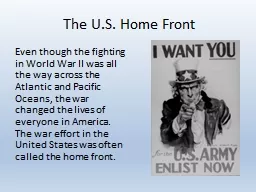PDF-Women at Work: Rosie the Riveter
Author : test | Published Date : 2016-07-25
and World War II Target Age Middle High School Time Period 20 th Century Featured County Monmouth NJ 350 th Theme Liberty Common Core States Standards for English
Presentation Embed Code
Download Presentation
Download Presentation The PPT/PDF document "Women at Work: Rosie the Riveter" is the property of its rightful owner. Permission is granted to download and print the materials on this website for personal, non-commercial use only, and to display it on your personal computer provided you do not modify the materials and that you retain all copyright notices contained in the materials. By downloading content from our website, you accept the terms of this agreement.
Women at Work: Rosie the Riveter: Transcript
Download Rules Of Document
"Women at Work: Rosie the Riveter"The content belongs to its owner. You may download and print it for personal use, without modification, and keep all copyright notices. By downloading, you agree to these terms.
Related Documents

